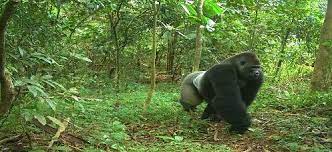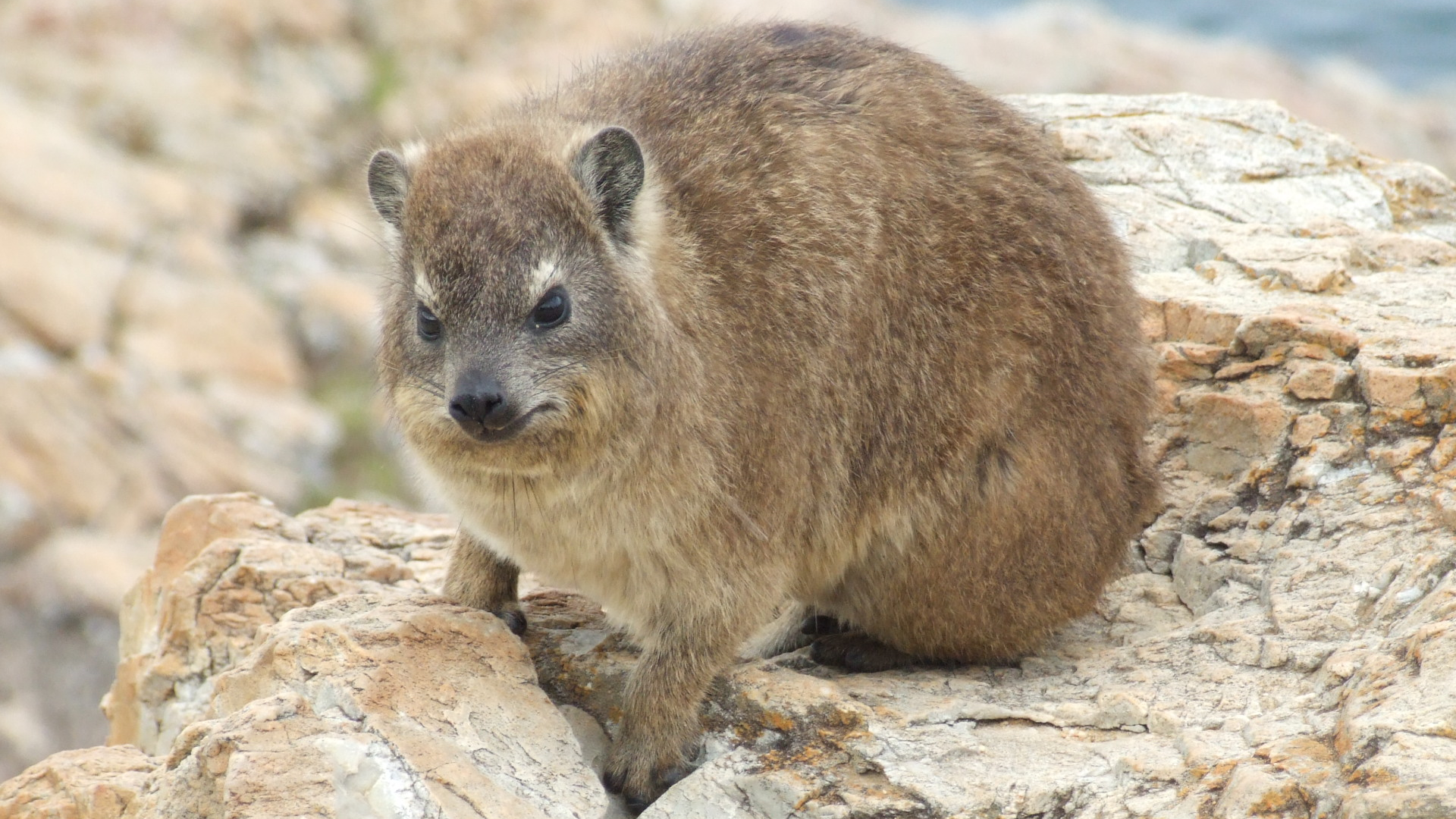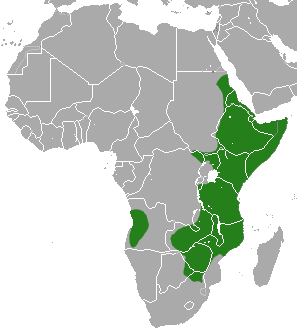Afi mountain wildlife Sanctuary is tiny, covering only 38.6 square miles, yet analysis has shown that this reserve has a whole host of wildlife.


The Hyrax is a family of species. All falling in the Order Hyracoidea, and the family Pracaviidae. While their look would not suggest it, this family is very closely related to the elephant
Within this family, there are 3 Genus, 2 with just one species, and one with 4. You will see labeled pictures below. Click on any to find out more.
Heterohyrax Dendrohyrax
Procavia
It should be noted, that the Benin tree hyrax was only decided in recent years, as such it is still debated as to whether it is a separate species, or just subspecies.
As many as 50 subspecies have been described. As destinations for these different species start to get added, I will add these to the grid above. As with all species on this website, we are eager to work with people on the ground, to allow tourism to see this species. given how well hyraxes do outside reserves, it may well be a species easier seen in areas of local population. Get in touch if you have a destination to list (link at the top of the main page. While fascinating to watch (we watched one eat a whole banana skin) they are often overlooked. They have less status than lions and elephants, but can also be found in more places
Yellow-spotted hyrax, has a recognized 25 subspecies, though given the vast range of this species, this is perhaps not a surprise. They generally live in rocky areas and rock Kojes, that can be seen littered across savannah
a recognized 25 subspecies, though given the vast range of this species, this is perhaps not a surprise. They generally live in rocky areas and rock Kojes, that can be seen littered across savannah
It is (in some areas) hunted by humans, which has caused local problems. They are browsers, eating leaves twigs and other edible things it comes across (I have seen one eat a banana skin.
It is listed as least concern
Southern tree hyrax It is found in temperate forests, subtropical or tropical dry forests, subtropical or tropical moist lowland forests, subtropical or tropical moist montane forests, moist savanna, and rocky areas.
found in temperate forests, subtropical or tropical dry forests, subtropical or tropical moist lowland forests, subtropical or tropical moist montane forests, moist savanna, and rocky areas.
It may be found at elevations up to 4,500m across a wide range of countries. It is largely nocturnal. The males call is an alarming series of shrieks.
It is listed as least concern.
 Western tree hyrax, also known as the western tree dassie or Beecroft tree hyrax,
Western tree hyrax, also known as the western tree dassie or Beecroft tree hyrax,
Western tree hyraxes tend to be solitary, and only occasionally are found in groups of two or three. They are nocturnal and generally feed at night. It has been noted that this species is an especially adept climber. The gestation period is about eight months with a litter size one or two young.
It is listed as least concern
 Rock or cape hyrax has 5 recognized subspecies, again, unsurprising given its vast range. Generally having a hide within a natural rock cavity, Rock hyraxes are social animals that live in colonies of up to 50 individuals. They sleep in one group, and start the day, warming up in the sun
Rock or cape hyrax has 5 recognized subspecies, again, unsurprising given its vast range. Generally having a hide within a natural rock cavity, Rock hyraxes are social animals that live in colonies of up to 50 individuals. They sleep in one group, and start the day, warming up in the sun
They are also listed as least concern
 Eastern tree hyrax is the most localized of the tree hyrax species, only found in places within a narrow band of lowland and montane forests in Kenya and Tanzania and close-by islands. A solitary species, it lives in tree cavities, and communicates with others, through scent marking and high pitched calls.
Eastern tree hyrax is the most localized of the tree hyrax species, only found in places within a narrow band of lowland and montane forests in Kenya and Tanzania and close-by islands. A solitary species, it lives in tree cavities, and communicates with others, through scent marking and high pitched calls.
They are classed as near threatened by the IUCN, with poaching being a big threat, particularly on Mount Kilimanjaro and throughout the Eastern arc mountains.
Benin tree hyrax is found in the region between the Niger and Volta Rivers in West Africa, hence the name.
It can be distinguished from neighbouring Dendrohyrax dorsalis by its night-time barking vocalizations, its shorter and broader skull, and its lighter pelage.
This is a species that is not currently agreed. However, if/when it is, it has been assessed by the IUCN as being least concern
Afi mountain wildlife Sanctuary is tiny, covering only 38.6 square miles, yet analysis has shown that this reserve has a whole host of wildlife.
